I tried a technique called moisture sandwiching and my skin has been the best it's been in a while
Happy and hydrated


The beauty industry is filled with new ‘it’ products, trending ingredients and must-follow regimes. And it's my job as a beauty writer to decipher what's a fad and what really works. I can honestly say that after trialling it myself, moisture sandwiching is something your skin will truly thank you for.
Now there is a chill in the air and temperatures have plummeted, our skin is more sensitive than usual—I'm talking red patches, tightness and inflammation. What's needed right now is a boost of comforting hydration and moisture. This is where moisture sandwiching comes in.
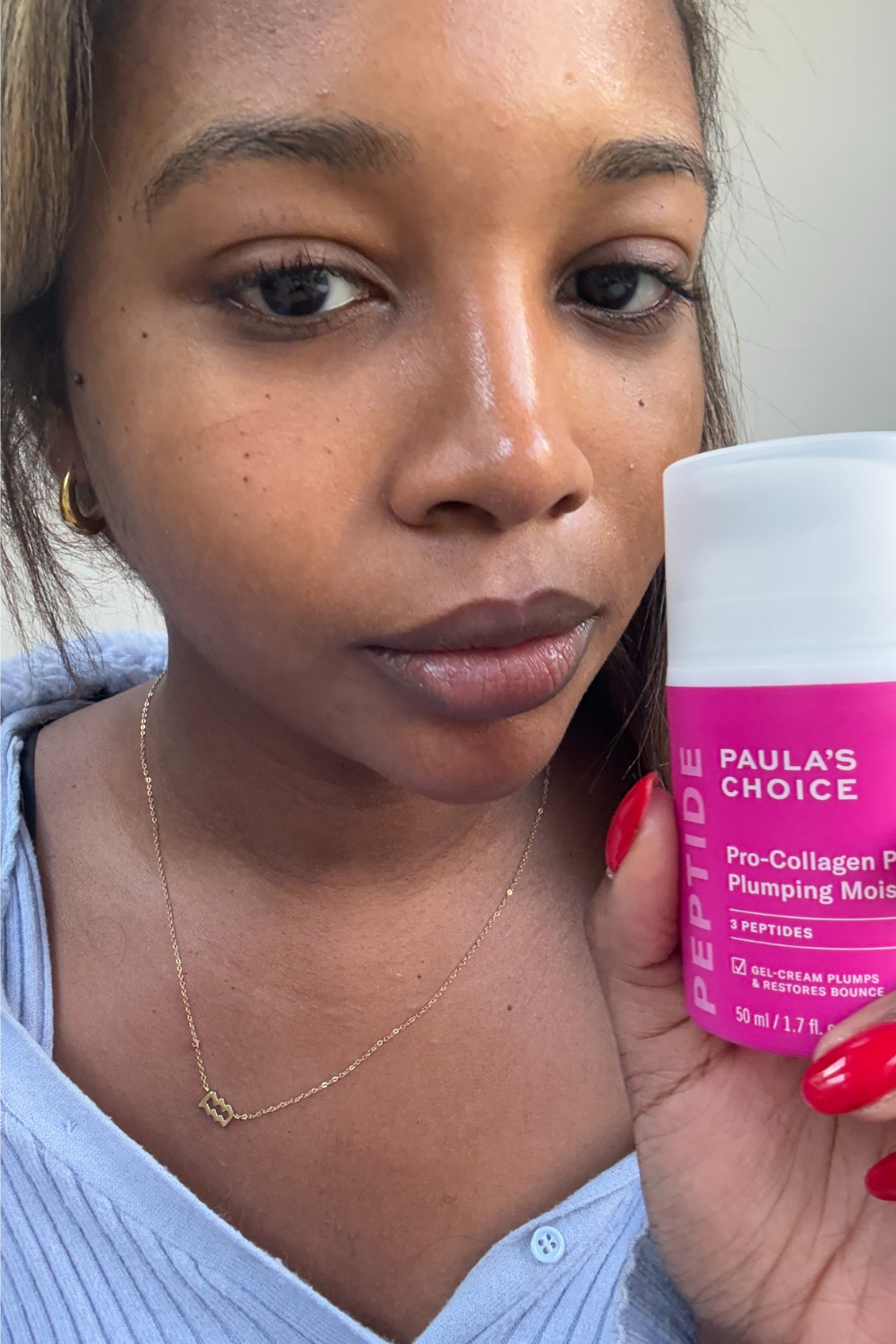
What is moisture sandwiching?
Think about a traditional sandwich: two pieces of bread with a delectable filling of your choice in the middle. The same principle applies in a moisturiser sandwich. “Skincare sandwiching is a layering technique that involves applying topical products in a specific sequence to achieve targeted outcomes," Corine Tracy, learning and curriculum manager at SKN tells me. "This method is commonly used to boost hydration, minimise irritation from active ingredients, or to work synergistically to target a specific concern such as pigmentation.” Whatever your skincare concern or desire, skincare sandwiching can aid in skin optimisation and reinforcing your skin barrier.
Your skin barrier can be compromised by over-exfoliating, using too many actives, sun exposure and extreme weather. It can also be as a result of sensitive or sensitised skin. So protecting your skin barrier is vital for skin health.
How does moisture sandwiching work?
Jonathan Kentley a consultant dermatologist and British Skin Foundation spokesperson says, “The sandwich technique is exactly what it says on the tin: it involves layering your skincare in a way that resembles a sandwich. If you think of your moisturiser like a slice of bread at the bottom and the top, and the active ingredient as whatever delicious filling you have chosen."
He says that the base layer of moisturiser acts as a hydrator, repairing the skin barrier and helping to protect it from potentially harsh ingredients and improving absorption through the uppermost layers of the skin. Whereas the top layer of moisturiser acts to seal in moisture and maximize the effectiveness of the actives by keeping them where they need to be.
Stronger ingredients, such as tretinoin, vitamin C and exfoliating acids, can cause sensitivity when first used, so your skin requires time to acclimate to the ingredients. You should use the moisturiser sandwich technique in this instance. Similarly, you could use it for any high-strength product including vitamin C and exfoliating acids. Remember if you’re introducing a new active to your skin always start small, and use it for two to three times per week before using it every day.
Marie Claire Newsletter
Celebrity news, beauty, fashion advice, and fascinating features, delivered straight to your inbox!
The moisture sandwiching technique
- Cleanse your skin thoroughly
- First layer of moisturiser. Use something particularly hydrating, Kentley says. Look for hyaluronic acid, ceramides or niacinamide.
- Wait until the moisturiser has been absorbed and then add your active of choice.
- Once that's sunk in add your final layer of moisturiser.
The verdict?

I have noticed a lot more bounce in my skin due to the extra hydration. After testing for a week I was pretty shocked that the technique hadn't reduced the strength of the actives I had been using. In fact, I think it actually helped. The skin on my face is pretty robust, but I can still experience sensitivity and redness with new products, so this technique helps me introduce actives with minimal irritation. All of us could use more hydration in our skin, especially in this weather, so I would highly recommend giving this a go. Even if you're not introducing anything new, when your skin is more prone to inflammation in winter, it's a good idea to use it in conjunction with your more active products.
Best products for skincare sandwiching
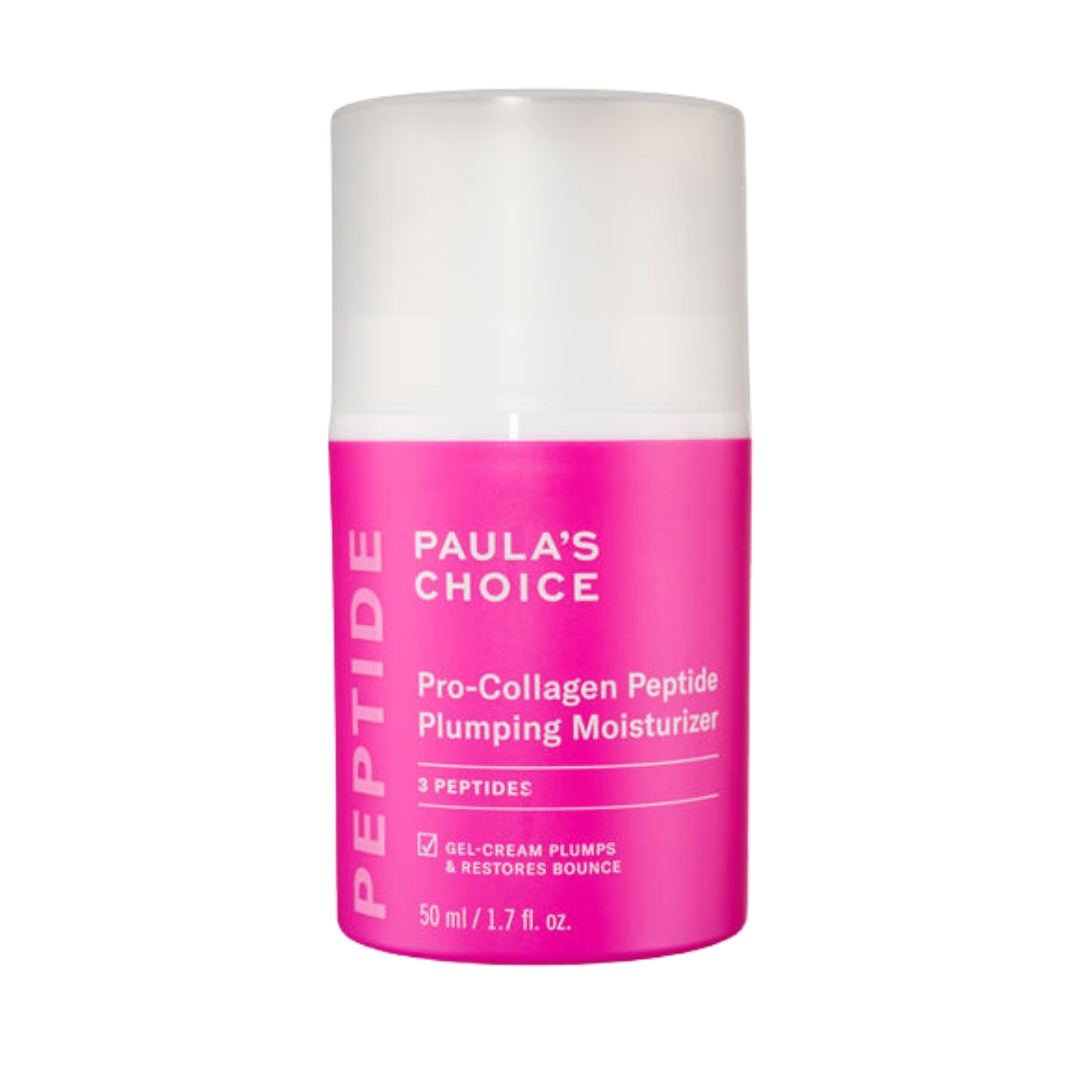
This lightweight gel moisturiser can be layered several times to provide around-the-clock hydration. It leaves skin feeling softer and firmer and works perfectly with actives. It contains oligopeptide-1 to help strengthen the skin barrier, tridecapeptide-1 to help visibly reduce fine lines and hexapeptide-5, to keep the skin firm. It works to support the skin's collagen as well as being quick drying so it doesn't pill under make-up.
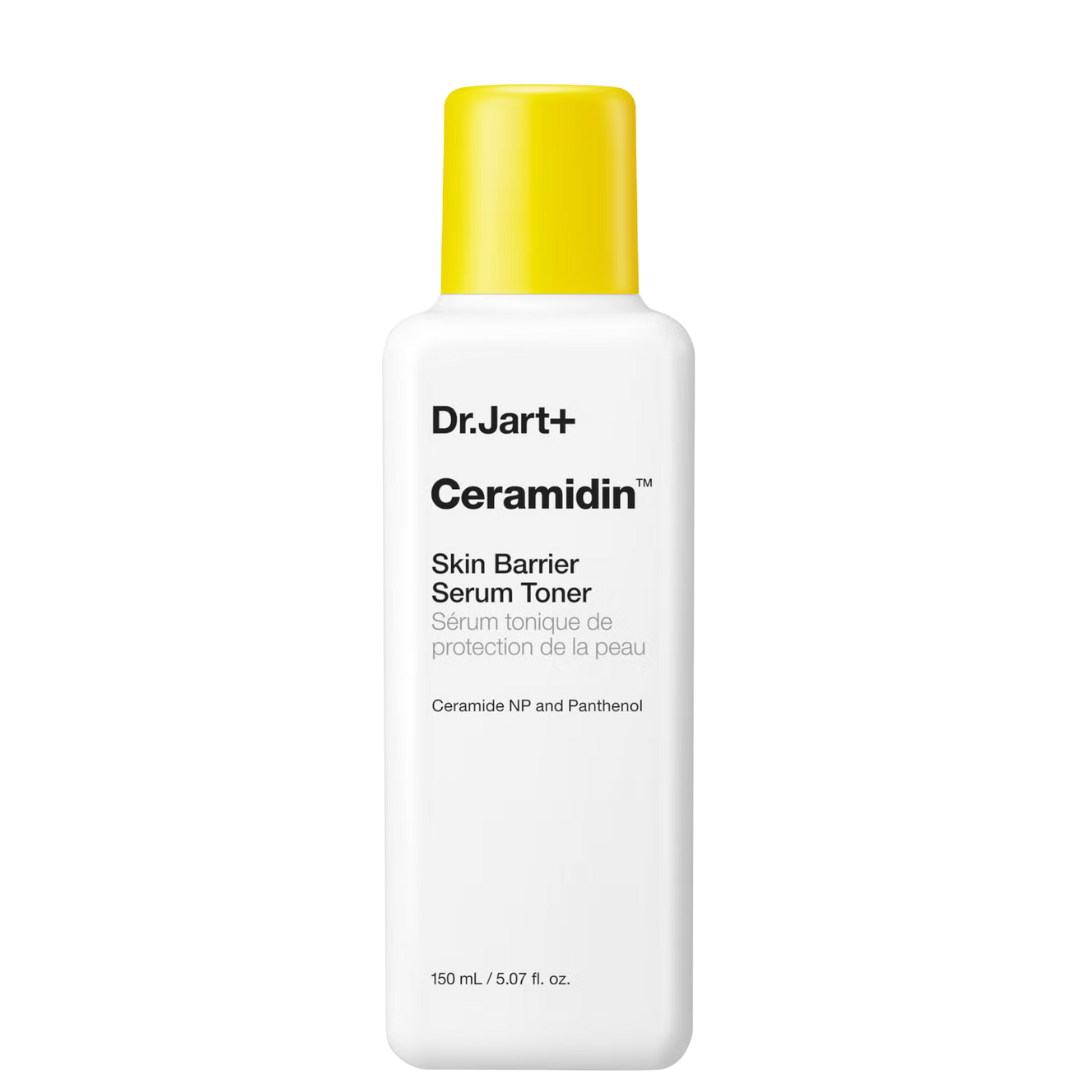
This product is skin-balancing and ultra healing which means it is perfect as the first moisture step. If your skin is suffering from the overuse of actives, this is your guy. It is also great if you sandwich it with other actives as it contains ceramides and panthenol for sealing.
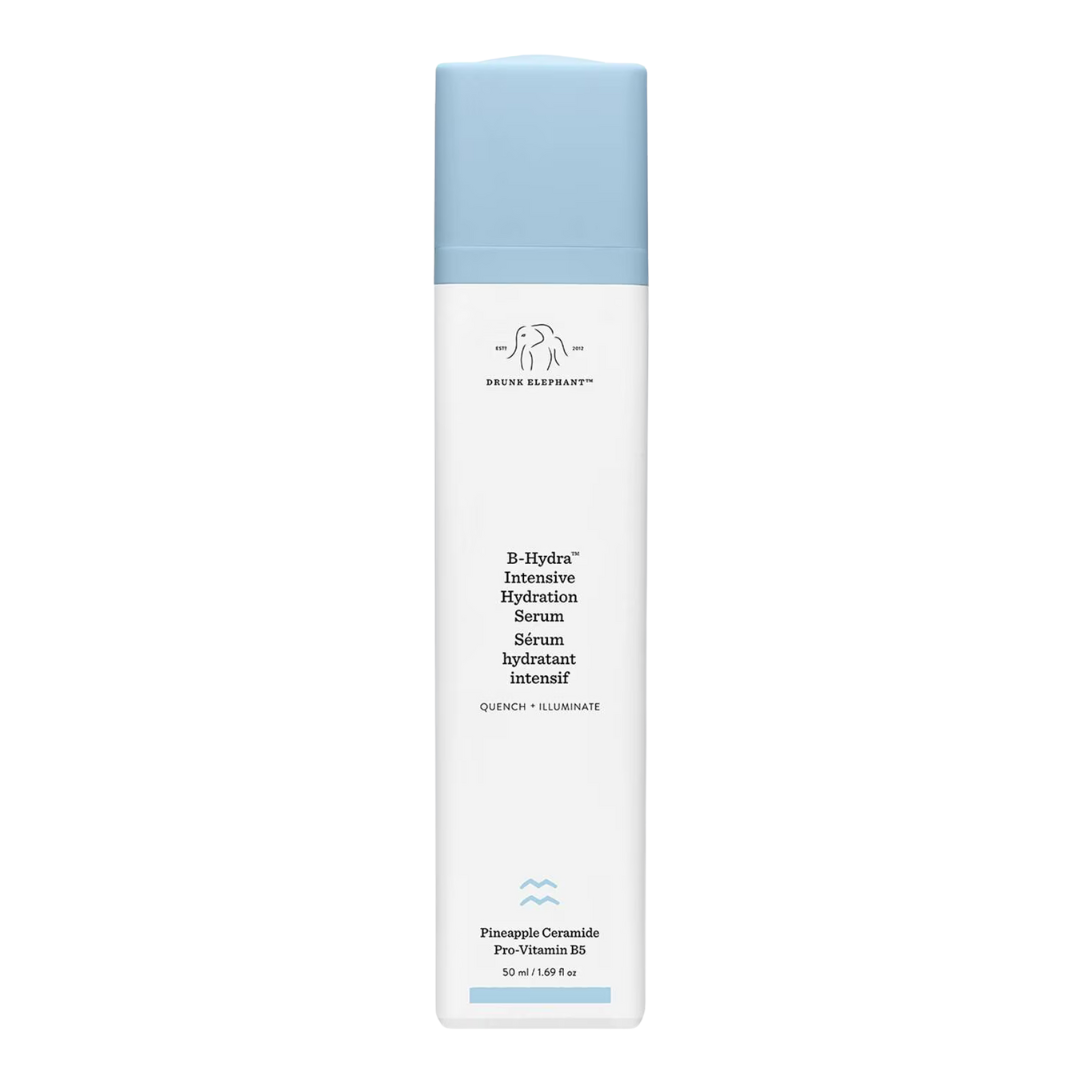
This is the injection of hydration your skin needs when you are moisture sandwiching. Filled to the brim with pro-vitamin b5 and pineapple ceramide this eliminates dryness without compromising the efficacy of your actives.
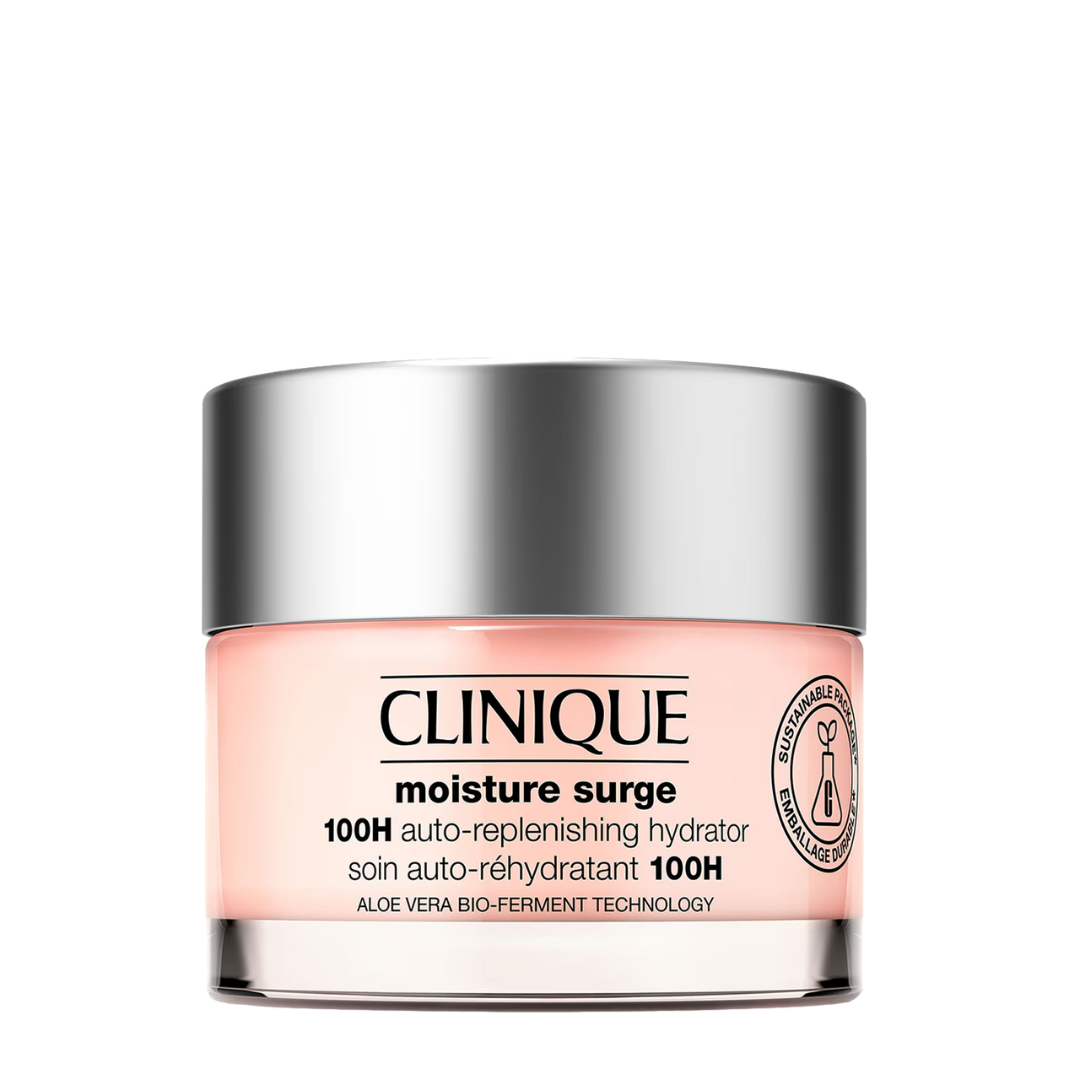
There are few products that are as light as this and deliver consistent hydration over the course of 100 hours. This is perfect for skincare sandwiching because it seals in actives while containing a powerhouse concoction to keep your skin hydrated.

Lollie King is Senior Beauty Writer at Marie Claire UK. With over 5 years experience in both online and print journalism and presenting, Lollie has worked for a host of leading magazines and newspapers including, Evening Standard, Bustle UK and Independent. She specialises in beauty, culture and travel. In her spare time she loves going to music events, cooking and working out.
-
 I've tried a lot of beauty tech in my time, and these are by far the best skincare devices for treating acne
I've tried a lot of beauty tech in my time, and these are by far the best skincare devices for treating acneBreakouts be gone
By Amelia Yeomans
-
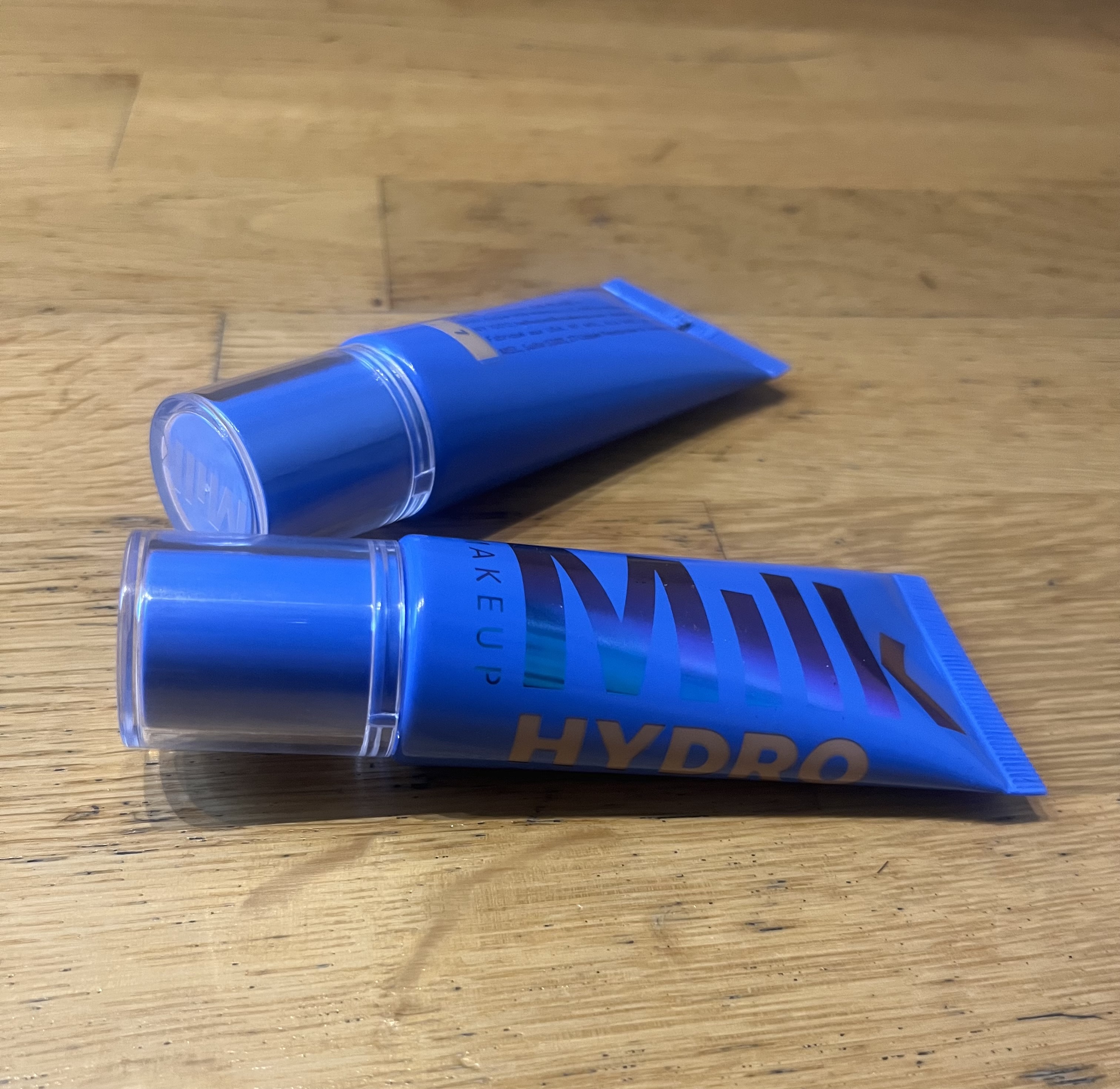 I broke my three-year no-foundation streak for this ‘gel tint’—it has the most unique, long-lasting formula
I broke my three-year no-foundation streak for this ‘gel tint’—it has the most unique, long-lasting formulaIt's now a make-up bag staple
By Nessa Humayun
-
 After years of gel manicures, my nails are dry, brittle and flaky—here’s what top techs advise for a total reset
After years of gel manicures, my nails are dry, brittle and flaky—here’s what top techs advise for a total resetA saviour after too many trips to the salon...
By Rebecca Fearn
-
 Sick of your skin looking dull? I wholeheartedly recommend these tanning face drops for an unrivalled glow
Sick of your skin looking dull? I wholeheartedly recommend these tanning face drops for an unrivalled glowHonestly, they revive me
By Rebecca Fearn
-
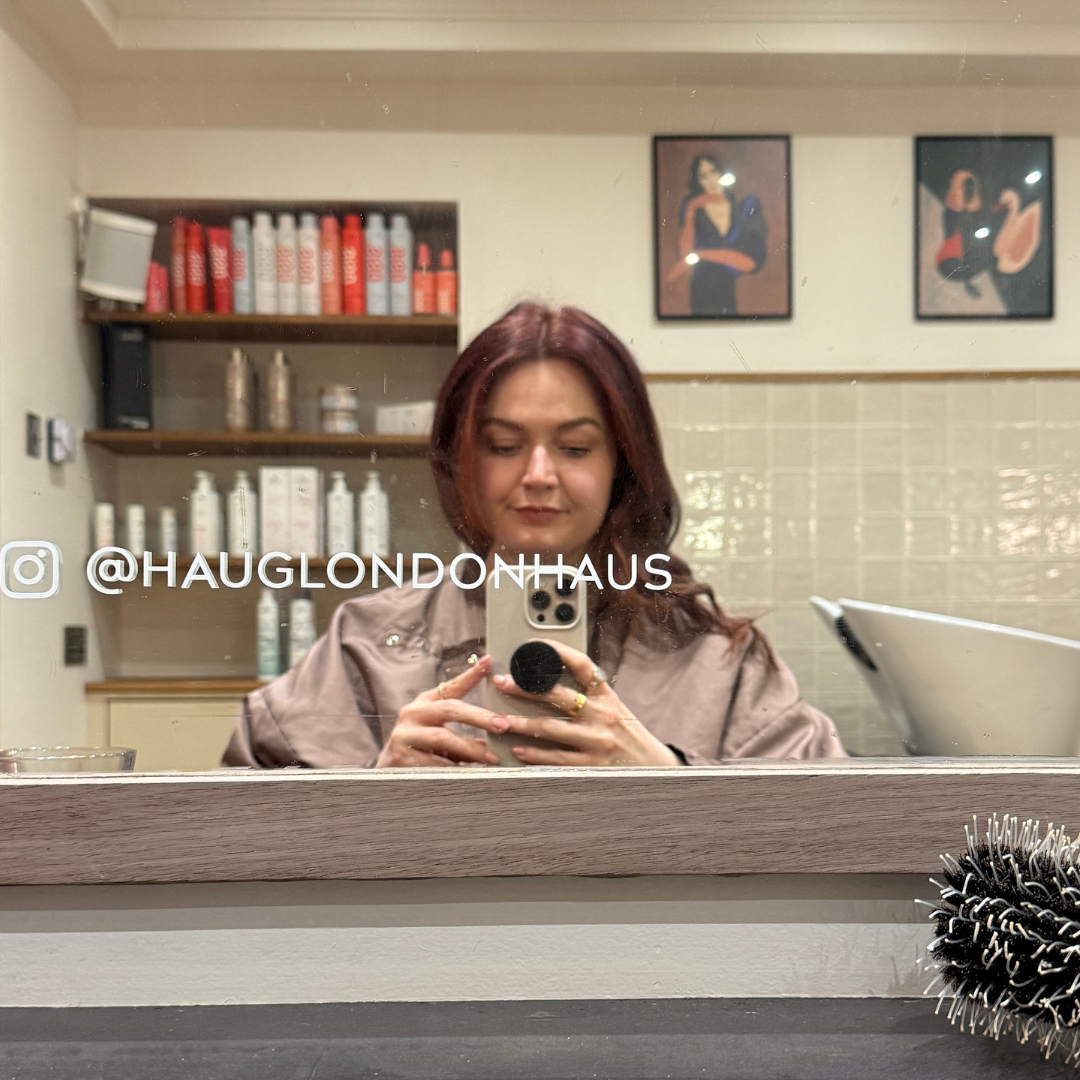 I test heat tools for a living, so I got a hair X-ray to assess the damage—safe to say, I was surprised by the results
I test heat tools for a living, so I got a hair X-ray to assess the damage—safe to say, I was surprised by the resultsI've learnt what really works...
By Lucy Abbersteen
-
 These top hair experts just revealed their 9 favourite hair colours for over-50s—they are the epitome of chic
These top hair experts just revealed their 9 favourite hair colours for over-50s—they are the epitome of chicThink rich coppers, creamy blondes and mocha mousse
By Rebecca Fearn
-
 It's my job to track emerging new hairstyles—I predict that the 'pullet' is Spring's biggest trend
It's my job to track emerging new hairstyles—I predict that the 'pullet' is Spring's biggest trendIt's giving 00's throwback
By Nessa Humayun
-
 I was sceptical about LED eye patches—consider me converted as they make me look *so* well-rested
I was sceptical about LED eye patches—consider me converted as they make me look *so* well-restedThey've also helped my perioral dermatitis
By Tori Crowther


